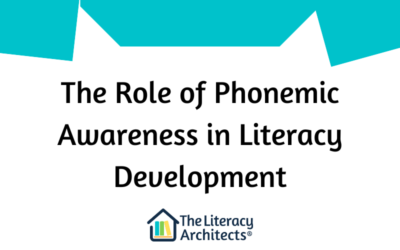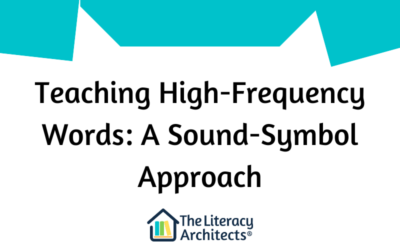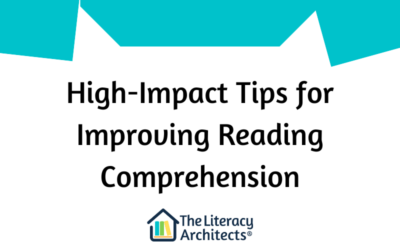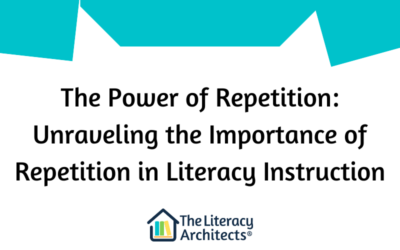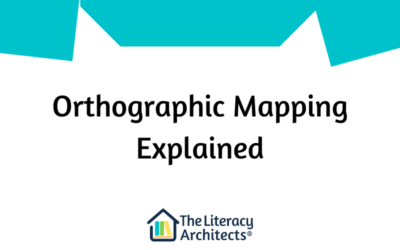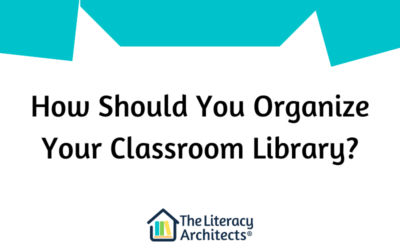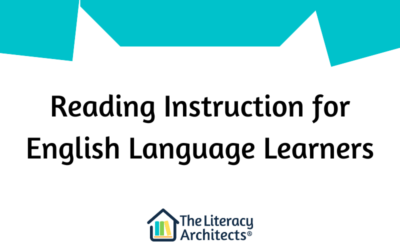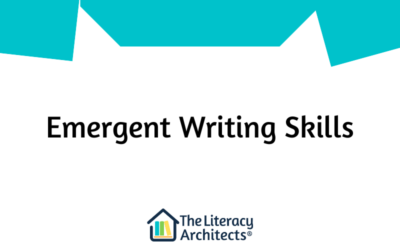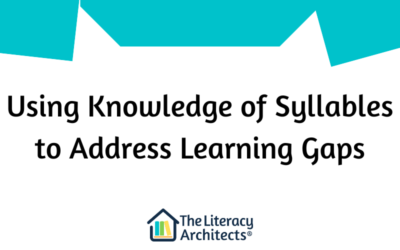Science of Reading Bulletin
Transitioning from a Word Wall to Sound Wall: Enhancing Phonemic Awareness and Literacy Skills
Over the past few years, we’ve worked with many teachers who have wanted to transition from...
What Does It Mean To Know A Word?
The Lexical Quality Hypothesis states that the quality of a reader’s word knowledge is directly...
The Role of Phonemic Awareness in Literacy Development
Phonemic awareness is the ability to hear, identify, and manipulate individual sounds—phonemes—in spoken words. This foundational skill is crucial for reading development because it directly supports the understanding and use of the alphabetic principle, where letters...
Teaching High-Frequency Words: A Sound-Symbol Approach
The journey to becoming a proficient reader and writer begins with a solid foundation in understanding words and their structures. Traditionally, high-frequency and irregular words have been taught through memorization, a method that often falls short of promoting...
High-Impact Tips for Improving Reading Comprehension
Most of the talk around the science of reading is focused on phonemic awareness and phonics, but this only addresses one part of the reading equation. We’re going to take a look at comprehension, and some strategies you can incorporate into your reading block. Where...
Unraveling the Importance of Repetition in Literacy Instruction
"Repetition is the mother of learning, the father of action, which makes it the architect of accomplishment." - Zig Ziglar When it comes to literacy instruction, the concept of repetition has stood the test of time as an essential and powerful tool for...
Orthographic Mapping Explained
Orthographic mapping is the cognitive process that enables us to establish a solid connection between spoken language and written words. It involves the ability to recognize and link the sounds (phonemes) of words to their corresponding written symbols (graphemes)...
How NOT to Organize Your Classroom Library
In one of my first roles as a reading specialist in New York City, I was asked to level each classroom's library. The school I was working in was entrenched in balanced literacy and they wanted to be able to match students with books based on the A–Z results of our...
Reading Instruction for English Language Learners
Did you know that more than 10% of all public school students in the United States are English Language Learners (ELLs)? We want to ensure that the strategies we use when teaching these students support their specific needs. In this post, we'll look at special...
Emergent Writing Skills
Today we’d like to turn our attention to our youngest learners. Let's take a look at one particular area—emergent writing—and discuss the ways in which we can support students in making up for any learning loss or delays that resulted from the pandemic. Millions of...
Using Knowledge of Syllables to Address Learning Gaps
For many students, decoding multisyllabic words (particularly those with complex letter patterns) can be tough at first. We want to help you provide your students with as many tools as you can for them to become successful at reading. In this post, we're talking about...

